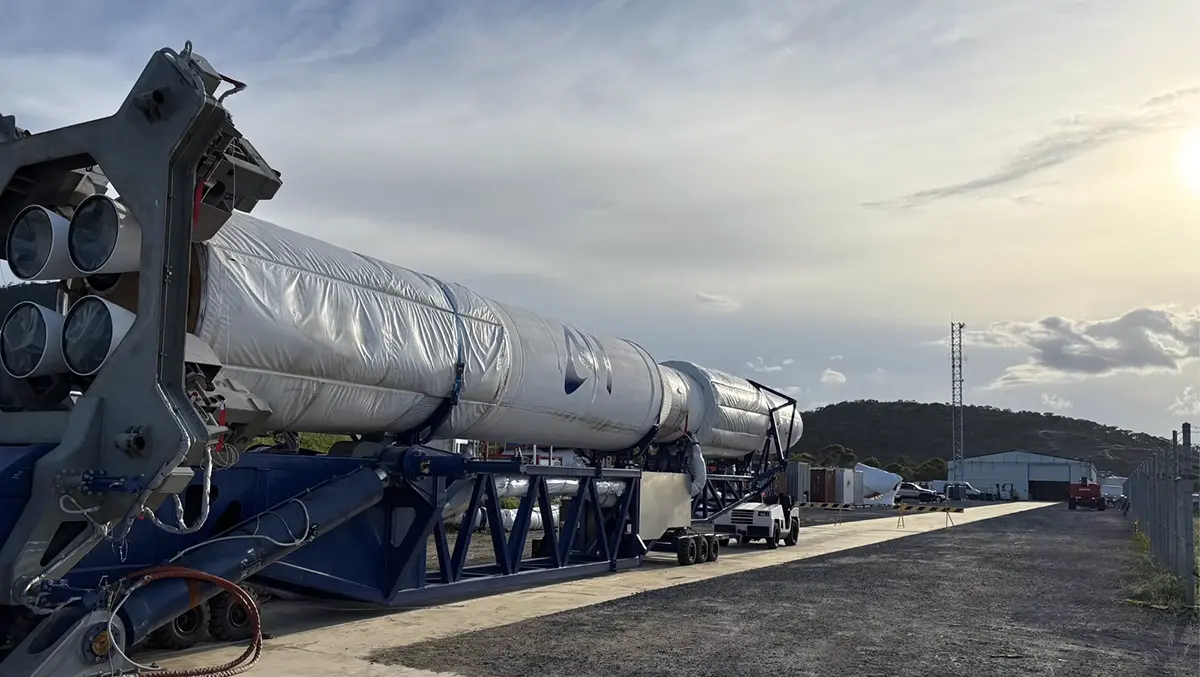
Gilmour Space partners with Ansys for first Aussie rocket
Gilmour Space Technologies is collaborating with Ansys to enhance the development of Eris, the first Australian-designed rocket set to make an orbital launch from Australian soil.
Gilmour Space Technologies is working towards launching Eris, marking a significant moment in Australian space exploration as it may become the first sovereign rocket to reach Low Earth Orbit (LEO) from within the country. This challenging feat has been assisted by the application of Ansys multiphysics simulation and materials data management solutions, which have enabled the engineers at Gilmour Space Technologies to address the complex engineering demands associated with the project.
Adam Gilmour, CEO of Gilmour Space, elaborated on the challenges of launching a private rocket. "The first launch is always the hardest," he said. "Reaching orbit is a highly complex engineering challenge, and every modern rocket company has faced setbacks in their early attempts. It's almost unheard of for a private rocket company to launch successfully to orbit the first time. Regardless of the outcome of our first launch, what's important is that every second of flight will deliver valuable data that will improve our rocket's reliability and performance for future launches. Only six countries in the world are launching regularly to space using their own technology, and we're excited to contribute to Australia joining this select group."
LEAP Australia Managing Director, Greg Horner, highlighted the importance of this development. "Developing independent space capabilities is essential for Australia's future. The emergence of ambitious startups like Gilmour Space will be a critical growth driver for our economy, helping create more advanced job opportunities, stimulate economic growth, and help Australia to achieve technological self-reliance which, in turn, enhances our national security."
Gilmour Space's use of Ansys solutions is not new; the company has expanded its usage over the years. The team initially enabled by the Ansys Startup Program, utilised tools such as Ansys Fluent, Ansys Mechanical, Ansys Thermal Desktop, Ansys HFSS, and Ansys Granta. These have been instrumental in optimising design aspects such as rocketry components and avionics for performance and durability, managing material data, and ensuring communication systems perform to required standards.
Chris Brandl, Head of Launch Vehicles at Gilmour Space, noted the crucial role of Ansys tools. "By leveraging the Ansys Startup Program, and LEAP's technical assistance, we've been able to fast-track the answers we needed and provide immediate feedback to a series of critical design questions that arose during each stage of our rocket development," Brandl explained.
"Ansys' proven high-fidelity simulation and modelling has allowed us to rapidly iterate on our designs, before committing to building a physical prototype. This extensive use of simulation across our team has given us confidence that our novel technologies developed for Eris will meet our stringent launch requirements and help contribute to a future of highly reliable satellite launches from Australian soil."
Dave Firth, Regional Vice President (APAC) at Ansys, remarked on the broader implications of these technological advancements for the space industry. "The emerging New Space industry will need both large and small rockets to meet diverse end needs, with smaller rockets being competitive and offering flexibility for targeted satellite replacements," Firth said.
"In an industry that has many obstacles to physical prototyping, Ansys provides best-in-class simulation technology that empowers startups like Gilmour Space to conduct extensive virtual testing before their physical launch, resulting in significant cost reductions and accelerating their timelines to achieve reliable and affordable launch. We will continue to work closely with Gilmour Space through our Elite Channel Partner, LEAP Australia, and we look forward to admiring the future results of their ambitious and rapid innovation."


